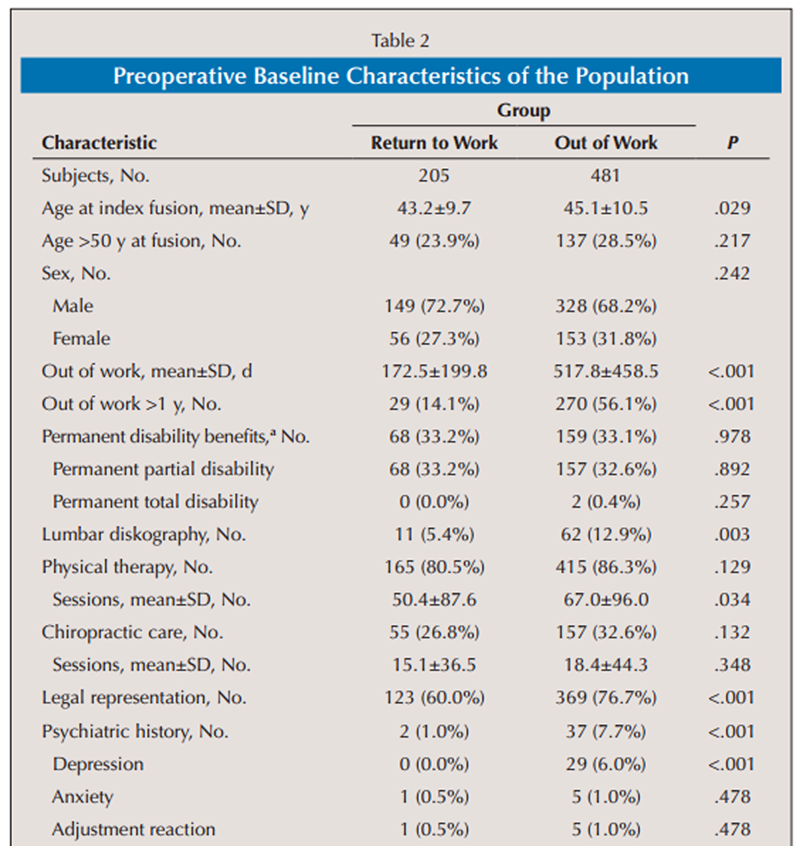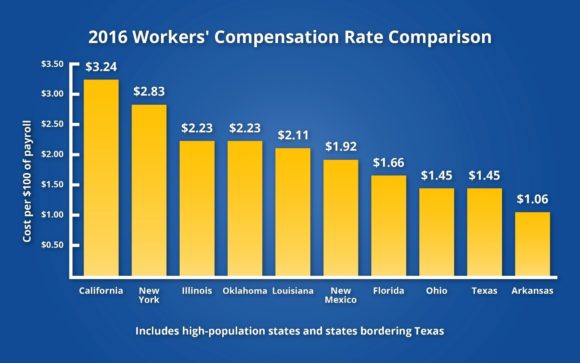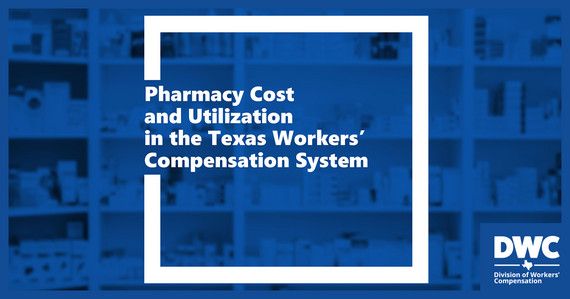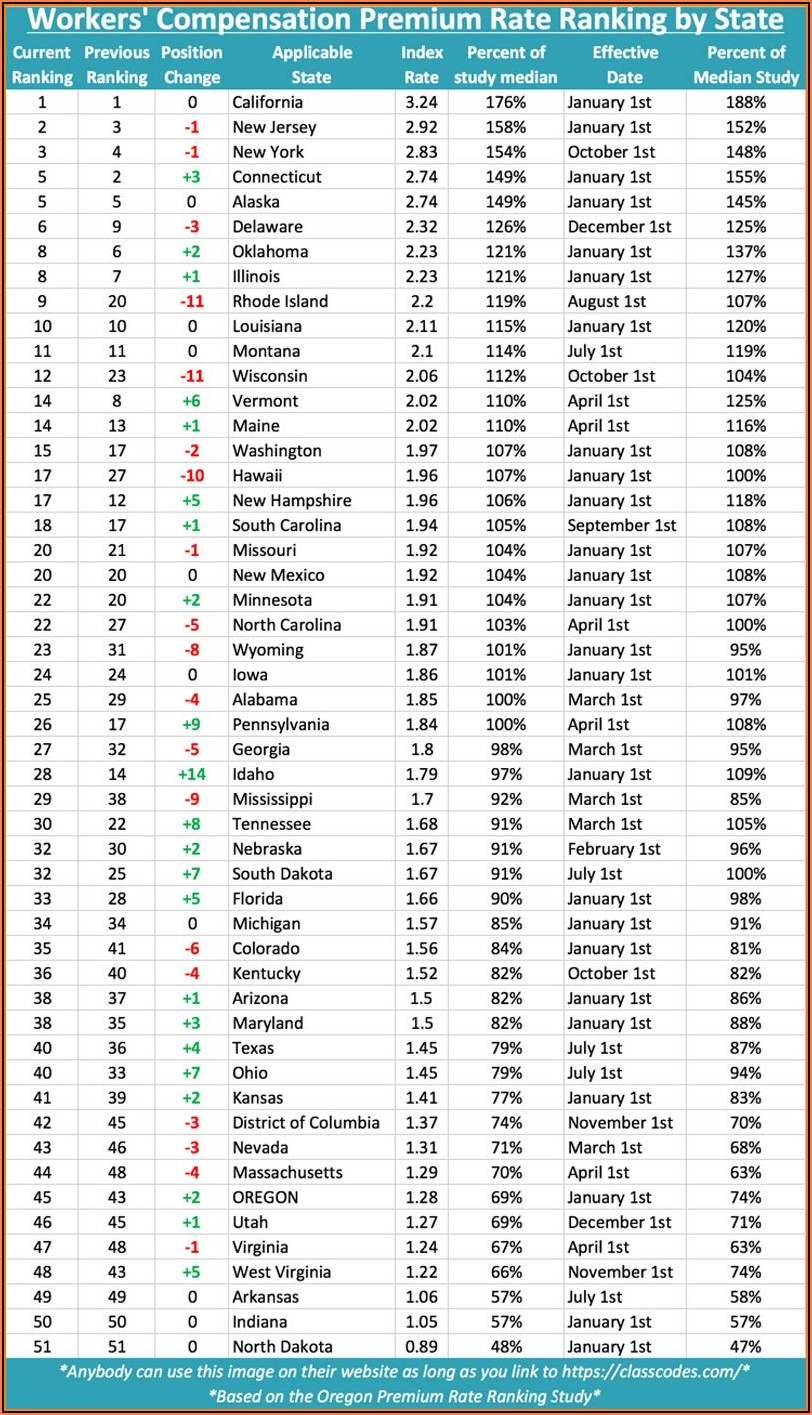
As the second-largest state in the United States, Texas is home to a diverse range of industries, from oil and gas to healthcare and technology. With millions of workers employed across the state, the importance of workers' compensation cannot be overstated. The Texas Department of Insurance (TDI) plays a crucial role in ensuring that workers who are injured on the job receive the benefits they deserve. In this article, we will delve into the world of workers' compensation data and statistics, as reported by the TDI, to gain a better understanding of the trends and insights that shape the state's workforce.
Overview of Workers' Compensation in Texas
Workers' compensation is a state-mandated insurance program that provides benefits to employees who are injured or become ill as a result of their job. In Texas, the TDI is responsible for regulating the workers' compensation system, which includes overseeing insurance carriers, resolving disputes, and providing education and outreach to employers and employees. According to the TDI, there were over 183,000 workers' compensation claims filed in 2020, resulting in over $1.4 billion in benefits paid to injured workers.
Industry-Specific Injury Rates
The TDI reports that certain industries are more prone to workplace injuries than others. The top five industries with the highest injury rates in Texas are:
Construction: With an injury rate of 134.6 per 10,000 full-time equivalent employees, the construction industry is one of the most hazardous in the state.
Manufacturing: Manufacturing workers are at a high risk of injury, with an injury rate of 124.1 per 10,000 full-time equivalent employees.
Healthcare: Healthcare workers are also at risk, with an injury rate of 114.1 per 10,000 full-time equivalent employees.
Transportation and Warehousing: The transportation and warehousing industry has an injury rate of 104.9 per 10,000 full-time equivalent employees.
Agriculture, Forestry, and Fishing: Rounding out the top five is the agriculture, forestry, and fishing industry, with an injury rate of 94.9 per 10,000 full-time equivalent employees.
Common Causes of Workplace Injuries
The TDI also reports on the most common causes of workplace injuries in Texas. The top five causes of injury are:
Strains and sprains: Accounting for over 30% of all workplace injuries, strains and sprains are the most common type of injury.
Cuts and lacerations: Cuts and lacerations account for over 20% of all workplace injuries.
Fractures: Fractures account for over 15% of all workplace injuries.
Head and neck injuries: Head and neck injuries account for over 10% of all workplace injuries.
Back injuries: Back injuries round out the top five, accounting for over 5% of all workplace injuries.
In conclusion, the Texas Department of Insurance provides valuable insights into the world of workers' compensation data and statistics. By understanding the trends and patterns that shape the state's workforce, employers and employees can work together to prevent workplace injuries and ensure that those who are injured receive the benefits they deserve. Whether you are an employer looking to reduce workplace injuries or an employee seeking to understand your rights, the TDI's data and statistics are an invaluable resource. By unlocking the truth about workers' compensation in Texas, we can create a safer, more supportive work environment for all.
Note: The data and statistics mentioned in this article are subject to change and may not reflect the most up-to-date information. For the latest information, please visit the Texas Department of Insurance website.









